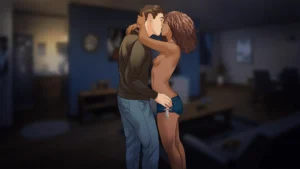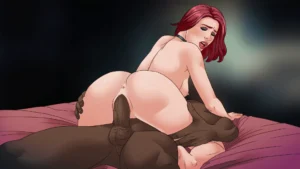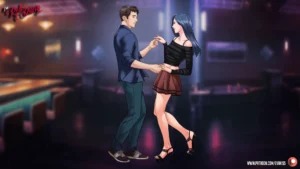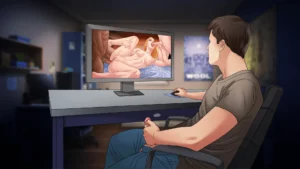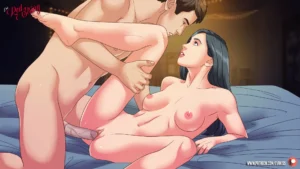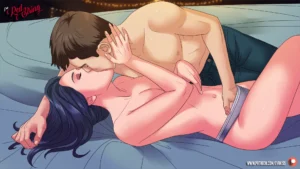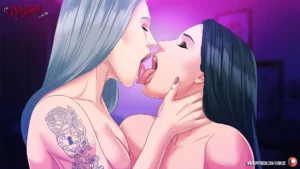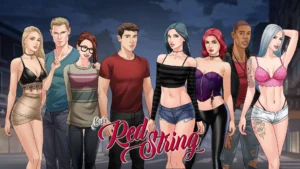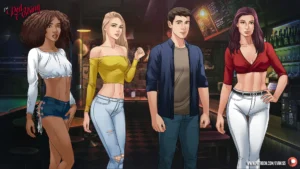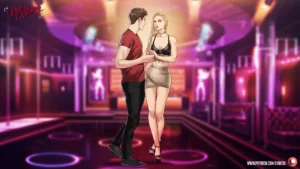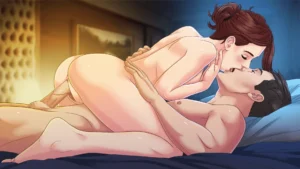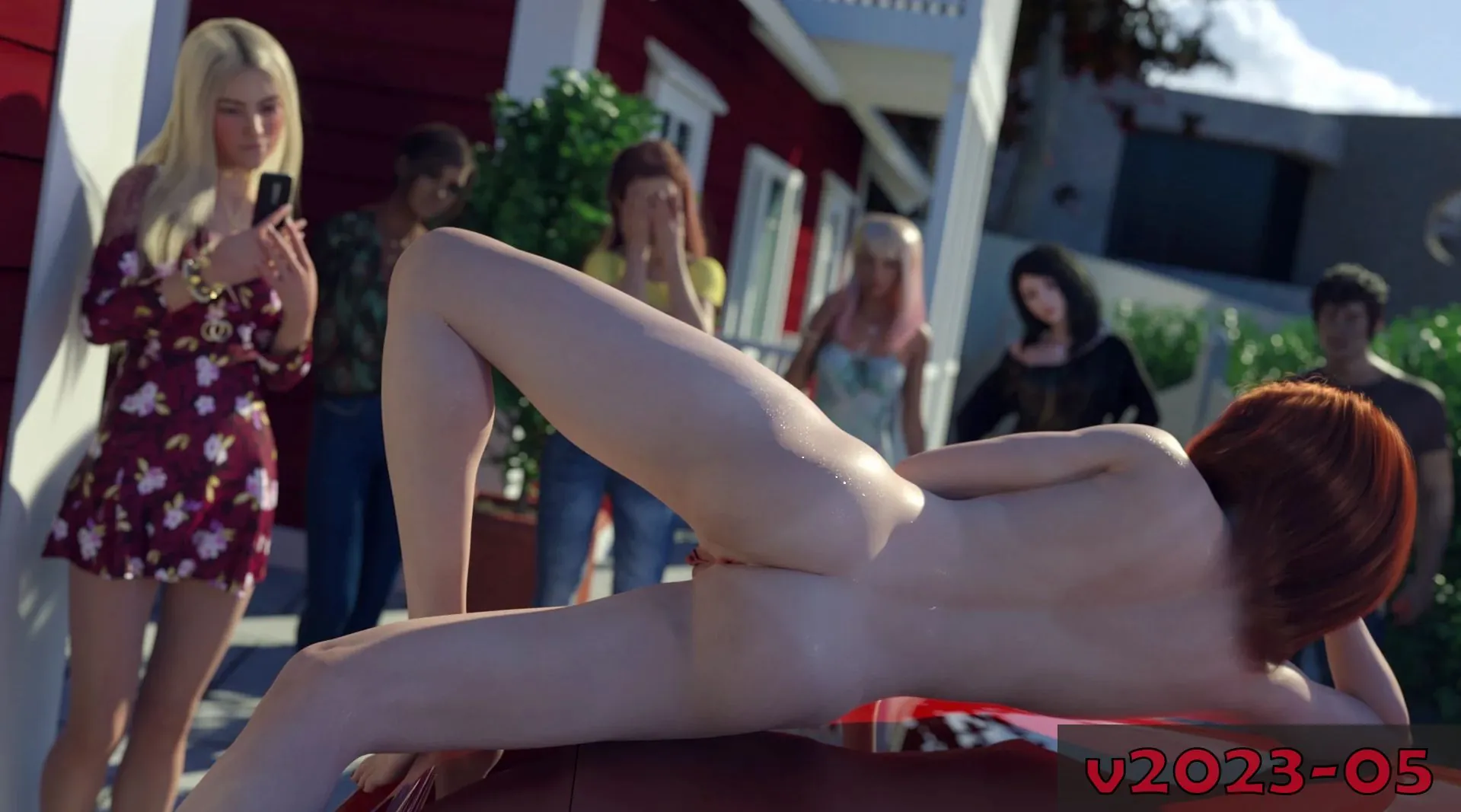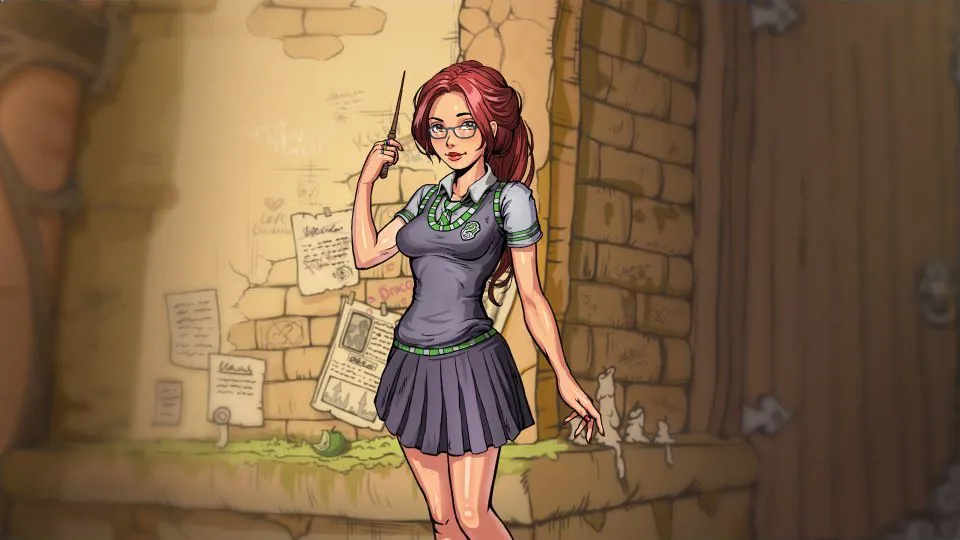
Our Red String
Play Our Red String
Our Red String review
Exploring the immersive narrative and gameplay mechanics of Our Red String
Our Red String is a distinctive interactive game known for its rich narrative and branching storylines that respond to player choices. This article explores the core elements of Our Red String, focusing on its dual-protagonist structure, impactful decision-making, and character development. Whether you’re new to the game or looking to deepen your experience, this guide offers insights into what makes Our Red String a compelling and replayable experience.
Understanding Our Red String: Story and Gameplay
What Makes Our Red String’s Story Unique?
Picture this: You’re controlling two protagonists whose lives collide in unexpected ways, and every text message, flirtatious glance, or secret kept could rewrite their futures. 😮 That’s the magic of Our Red String story! Unlike traditional visual novels, this gem throws you into the shoes of both Ian and Lena—struggling artists navigating love, ambition, and moral gray zones. 🎨💘
What truly sets it apart? Non-linear storytelling that feels like real life. One moment you’re guiding Lena through a tense job interview 🏢, the next you’re deciding whether Ian should confess his feelings to a friend. Their paths cross and diverge organically, creating a dual-protagonist game experience where your priorities for each character clash. I nearly quit during my first playthrough when Lena’s artistic jealousy sabotaged Ian’s big break—it hurt because I caused it! 😅
The genius lies in its moral complexity. Choices aren’t just “good vs. evil”—they’re messy, human dilemmas. Should Lena expose a toxic boss if it risks her career? 🤔 Does Ian support his struggling sister even if it drains his savings? 💸 This isn’t just storytelling; it’s an emotional obstacle course where perfection is impossible… and that’s why it’s brilliant. ✨
How Player Choices Shape the Narrative
Ever wish your game decisions actually mattered? 💥 Our Red String gameplay delivers exactly that. Every dialogue pick, relationship boost, or silent treatment sends ripples across the entire narrative. Forget illusionary choices—here, skipping a coffee date 🫖 might mean missing a career-changing connection. It’s a branching narrative game where tiny actions snowball into life-altering consequences.
During my second playthrough, I tested a “selfish Lena” route. Ignoring her friend’s crisis to focus on a gallery opening? 🖼️ Seemed harmless… until that friend became her rival, poisoning her reputation. 😱 The impact of player decisions is brutal and beautiful—you’ll replay just to undo (or lean into) the chaos.
💡 Pro Tip: Save often! Branching paths hide surprises—like Ian’s band audition failing if Lena distracted him the night before. 🎸
For maximum depth, embrace interactive story choices that demand self-reflection. Choosing who to comfort during a shared tragedy isn’t just gameplay—it’s a mirror held to your values. 🔍
| Choice | Immediate Consequence | Long-Term Ripple |
|---|---|---|
| Lena lies to protect Ian | Trust boost with Ian | Her employer discovers deceit; career sabotage |
| Ian lends money to sister | Family bond strengthens | Can’t afford equipment; art project fails |
| Ignore a friend’s call | Focus on work | Friend leaks secrets; social ruin |
😲 See how one “small” choice cracks open new timelines? That’s the power of Our Red String’s design.
Character Dynamics and Development
Ian and Lena aren’t static avatars—they’re messy, evolving humans shaped by your hands. 🙌 Their character development arcs from hopeful dreamers to complex adults are tied directly to your interactive story choices. Romance a supportive mentor? 💌 Lena becomes confident. Push Ian toward ruthless ambition? 😤 He loses his artistic soul.
The heart of this dual-protagonist game is their relationship web. 🕸️ Will they become lovers, allies, or bitter rivals? I once maxed Lena’s confidence stats while neglecting Ian’s mental health—result? She soared as a painter 🎨 while he ghosted her, drowning in regret. 💔 Their interconnected growth (or collapse) makes every playthrough achingly personal.
Key dynamics to explore:
– Trust vs. Betrayal: Sharing secrets bonds them, but one leaked confession breeds resentment. 🤫
– Ambition vs. Empathy: Prioritizing Lena’s gallery show over Ian’s band practice alters their mutual respect. ⚖️
– External Influences: Side characters (like Lena’s manipulative boss) test their loyalty. 👿
Character development Our Red String executes so masterfully, you’ll forget you’re playing a game. When Ian tearfully thanked me after helping him reconcile with his dad? 😢 I cried real tears. That’s the proof: When pixels feel like people, you’ve struck narrative gold. 🥇
Final Thoughts: Replaying Our Red String isn’t optional—it’s essential. 🔁 With 12+ endings and hundreds of branches, your first run is just a teaser. I’ve replayed it four times, still finding new layers to Lena’s ambition or Ian’s insecurities. 🤯 This isn’t just a branching narrative game; it’s a lens into how small choices define us. Ready to tug the string? 🧶🔥
Our Red String stands out as a game that masterfully blends storytelling with player agency, offering a rich, immersive experience through its branching narrative and well-developed characters. The game’s design encourages multiple playthroughs to explore different outcomes, making it a rewarding journey for players who appreciate depth and complexity. If you’re intrigued by interactive stories that respond meaningfully to your choices, Our Red String is a title worth exploring.




